Terrace Gardens Colorado Springs Colorado
Growing your own vegetables can be a very satisfying and rewarding experience, yet not everyone lives in the most ideal conditions. Colorado features a wildcard of conditions and no matter what your skill level, it's best to be prepared.
Whether you're a novice, green thumb, or brand new to vegetable gardening in Colorado, our guide will get you off on the right foot, and make sure you get the best from the efforts you have put in.
Outdoor Vegetable Gardening in Colorado
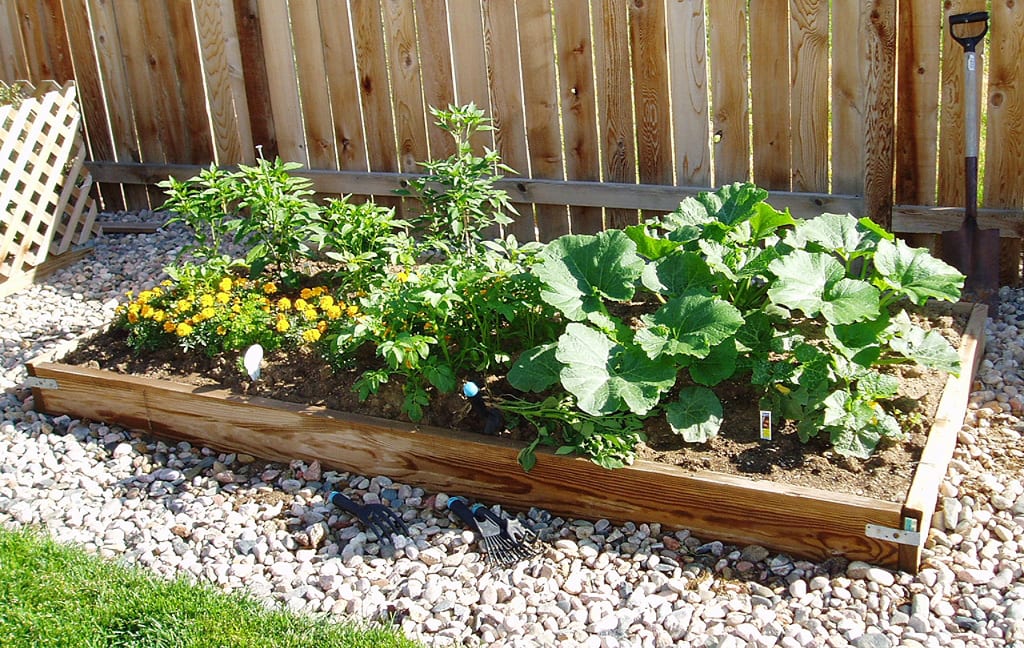
Much advice is given, and it can seem in some cases, it is a lot of effort for the risk of having failed crops. This does not have to be the case, and with a good understanding of the Colorado climate and the weather patterns, you can be on your way to some healthy vegetables.
The biggest thing to consider with how to plant a garden at these high altitudes is your crop. You will have more success with your cool season vegetables compared to warm season vegetables. The good thing is, you might have more abundant crops and a better taste when you grow at these high Colorado altitudes.
Knowing Your Growing Season
The growing season in Colorado can be much different and much shorter compared to other areas. There is so much variance the state has nine different zones. Each of these can have a better-growing performance for your veggies than others and can make high altitude vegetable gardening a challenge.
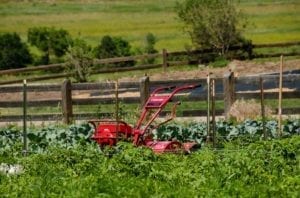
For every 1000 feet above sea level, the temperature can drop by around 3.5 degrees. There is also the exception of valleys where the temperature can drop even more at night.
Before you start planning and planting, you should be aware of which of the nine zones you reside in; these can be found on the "Plant Hardiness Zone Map." This can be used as part of your Colorado vegetable planting guide. When looking for seeds or plants, there are specific ones that are labeled as suitable growers for your zone or cold tolerant.
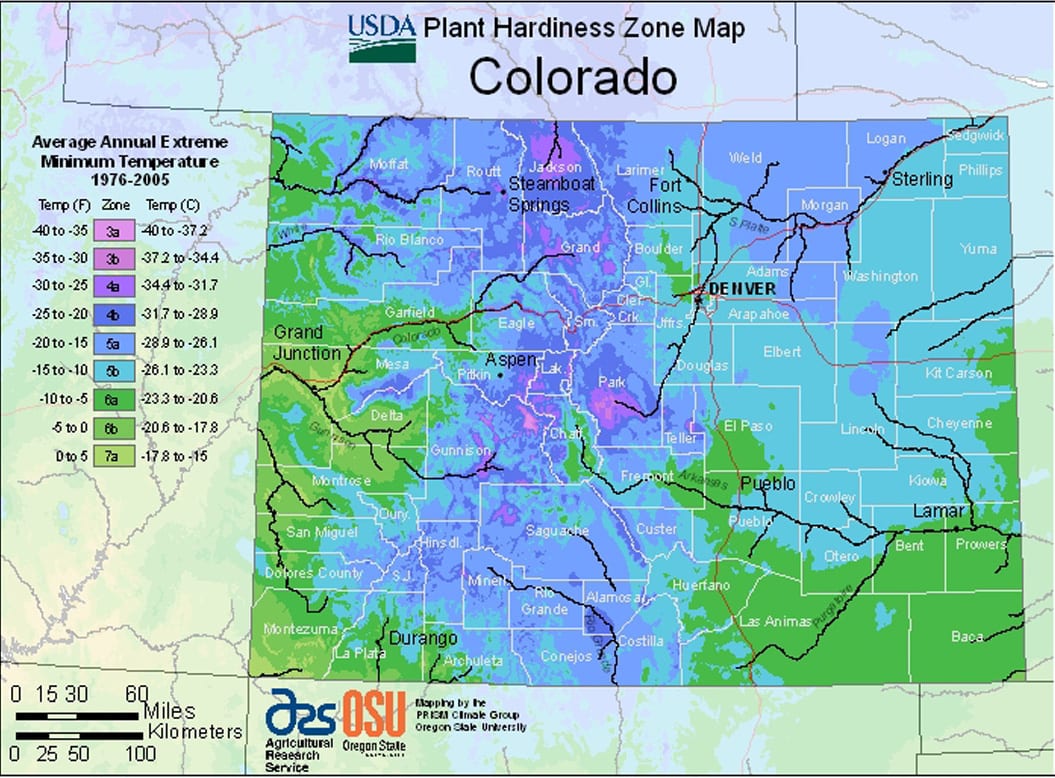
The Weather
Apart from the local Colorado climate, the weather has a significant impact on your vegetables and can bring with it some unique challenges.
Vegetable gardening in this high altitude means you will be dealing with low humidity, sunlight that is intense and weather changes that are almost instantaneous.
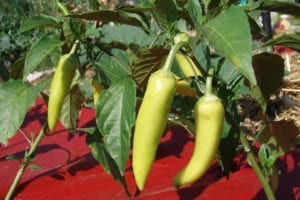
A good example being Denver, which does have many hot summer days. There can be changes in weather where the temperature drops enough that it can affect your veggies growing. Conditions can also change from extremely wet to very dry as well as hailstorms toward the end of summer which are capable of wiping out high altitude vegetables as they are close to harvesting.
To be safe and make sure your plants are protected, you can invest in row covers; tunnels, windbreaks, and shade cloths.
What Are the Best Vegetables to Grow
When you have found the ideal times to grow and how long the growing season will last for. You will come to understand, what the best vegetables to grow in Colorado are that you can produce with an element of success.
At this point, you should make a list of your intended plants for that season and take into consideration the space you will need. If you have the opportunity to plant early, you can plant some of the many cool-weather veggies and then warm weather veggies later once these have been harvested.
Although you might be thinking you are limited to what vegetables you can grow, there are quite a few, yet they fall into "Cool season" or "Warm season" vegetables.
Cool Season Vegetables:
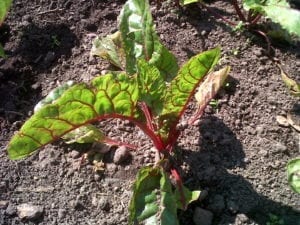
- Beets
- Broccoli
- Brussels sprouts
- Cabbage
- Carrots
- Cauliflower
- Chard
- Kale
- Leeks
- Lettuce
- Onions
- Parsley
- Parsnips
- Peas
- Potatoes
- Radishes
- Spinach
- Turnips
Warm Season Vegetables:
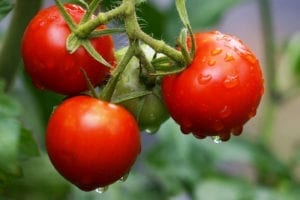
- Beans
- Corn
- Cucumbers
- Eggplant
- Eggplant
- Melons
- Peppers
- Squash
- Tomatoes
The Best Time to Plant?
Frost free soil is when most plants will begin growing at their best. This is why it is essential to know your first and last frost dates.
Once you have prepared your soil in the spring, you have to pay attention for the last frost day, and anywhere it is written will be just an approximate date.
As a guide, in Colorado, the last frost date can be in the last two weeks of May, and the first frost date can be in the middle of September, or if you are at high altitude, it could be as early as early August.
Vegetables and Colorado Weather
It is worth knowing which vegetables are hardy against frost and which ones will suffer. Here are some basic guides that show which vegetables are frost tolerant, and which are not.
Very Tolerant to Frost: These vegetables are good to plant in fall, spring and early spring gardens.
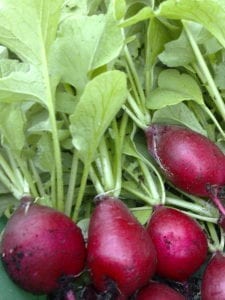
- Broccoli
- Brussels sprouts
- Cabbage
- Collards
- English Peas
- Kale
- Lettuce
- Mustard
- Parsley
- Radish
- Spinach
- Turnips
Slightly Tolerant to Frost: These can handle light frosts and are useful to plant in spring and fall gardens.
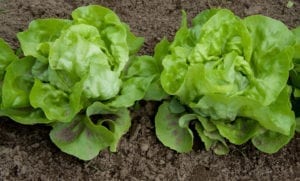
- Beets
- Carrot
- Cauliflower
- Celery
- Lettuce
- Potatoes
- Swiss Chard
Not Tolerant to Frost: These vegetables require temperatures of between 65 to 90 degrees to enable the following vegetables to grow good crops in late spring and summer gardens.
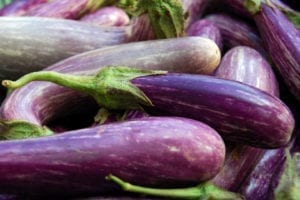
- Beans
- Corn
- Cucumbers
- Eggplant
- Melons
- Peppers
- Pumpkins
- Southern Peas
- Summer Squash
- Sweet potatoes
- Tomatoes
When and Where to Start Seeds?
If you have space in your home, it is possible to start some of your seeds indoors to give them a head start.
Some veggies do thrive better when sown directly into the soil where they grow, so checking your packets is the best way to find where you can gain by germination inside or planting directly into your garden.
Cold weather vegetables actually prefer to be planted directly into your soil, and some taste better from growing in the cold.
Preparing Your Garden Site
As with any garden, it is advisable to prepare your garden before you are ready to plant your vegetables. In Colorado, this can mean choosing a location as much as preparing the soil. As you have more challenges than regular gardeners, it may be worth starting smaller rather than being over your head and becoming overwhelmed.
One other thing to consider when starting a vegetable garden in Colorado is the wildlife that will make a meal of your vegetables. In specific areas, there may be deer so these will require extra precautions.
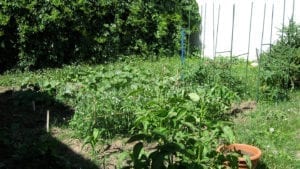
Due to the high elevation water evaporates faster, this can mean your vegetables may require watering more often depending on the weather. A useful guide is if the top inch of soil is dry your plants need watering. There is one way to help prevent your soil drying faster. A healthy layer of mulch around your plants will help to retain moisture for longer.
It should also be noted, if you are using raised beds as a means of growing, these will require more frequent watering as the soil can drain much quicker than in regular soil.
Soil Preparations: When you have chosen the areas for your vegetable garden, the soil has to be prepared. The following tips will help prime your soil ready for planting.
Remove all vegetation and weeds: Till the soil until it is loose. You can either use a dedicated machine or do this by hand. At the time of tilling and all the weeds have been removed, it is time to add compost or other organic matter. This adds many nutrients back into the soil in preparation. A useful guide is one inch to every four inches of soil.
Colorado soils can be high in alkaline and resemble clay; you might have to amend your soil with more organic matter to counteract this and lower the pH. Ideally, the pH should be around 7.
Raised Beds or Direct to the Earth?
Much of this is down to personal preference, yet there are advantages of using a raised bed than planting directly into the earth. The soil in raised beds heats up quicker and allows you to plant your seeds that little bit earlier.
Planting directly into the soil can be ideal, yet the aesthetics of your vegetable garden is precisely that. If you want something a little more pleasing to the eye, and more comfortable to work with. Raised beds can be the ideal solutions.
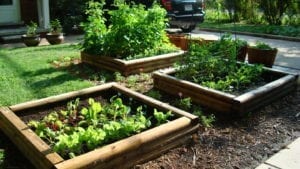
These divide your garden, and you will have dedicated pathways leading in between all of the beds. If you see the need for protecting your plants, you can get quite creative in making plastic covers for your raised beds. This can help with both protecting your plants, yet they can improve the growing conditions. There are many ideas on the internet regarding designs, and many end up like miniature greenhouses.
As a result of earlier planting, your vegetables can have longer to reach maturity. This is a great benefit if you know you will have a shorter growing season than other areas. Another great benefit of having raised beds is you can eliminate the need of having to adjust the pH of your soil. You can fill the raised beds from the start with good quality soil and organic material.
The one downside of a raised bed is the extra cost of construction and excellent quality earth. Many Colorado gardeners mix them both and use raised beds for warm-weather vegetables and the ground for the cold weather vegetables.
Growing Seasons and Beyond
Due to the weather in Colorado, your growing season can be cut by weeks and in a worst case scenario up to months. Much of what is here is quite general, and to take the best advantage of your growing season length, even if you can extend it by a month at either end.
Stick to the cool season vegetables rather than attempting and finding you have been failed by the weather. There are more than enough plants that are semi-hardy and highly tolerant to frost to keep the most avid gardener busy throughout the growing seasons.
Extending your Colorado Growing Season: There are a few tips apart from starting your seeds indoors for some vegetables that can help to extend your growing season.
- Cover your soil with black plastic and/or mulch to help keep it warm. Make sure the black plastic has been perforated to help with irrigation.
- Use raised beds as a way to increase the soil temperature earlier in the year.
- The frost tolerant vegetables can be planted earlier as long as the soil is soft enough for roots to grow.
- Cool weather crops should be planted at the first opportune moment. This will need you to pay attention to the local weather for your region.
- By being creative and using old clean milk jugs, plastic cartons or plastic bags you can help to prevent frost damage. If you can spare the expense, you can also purchase frost blankets or row covers/ tunnels to help protect your vegetables.
- Hoop tunnels, cold frames, or a greenhouse make for convenient long-term solutions. Although they have a more substantial up-front investment, they can help to add months onto the Colorado growing season for your spring or fall vegetable gardens.
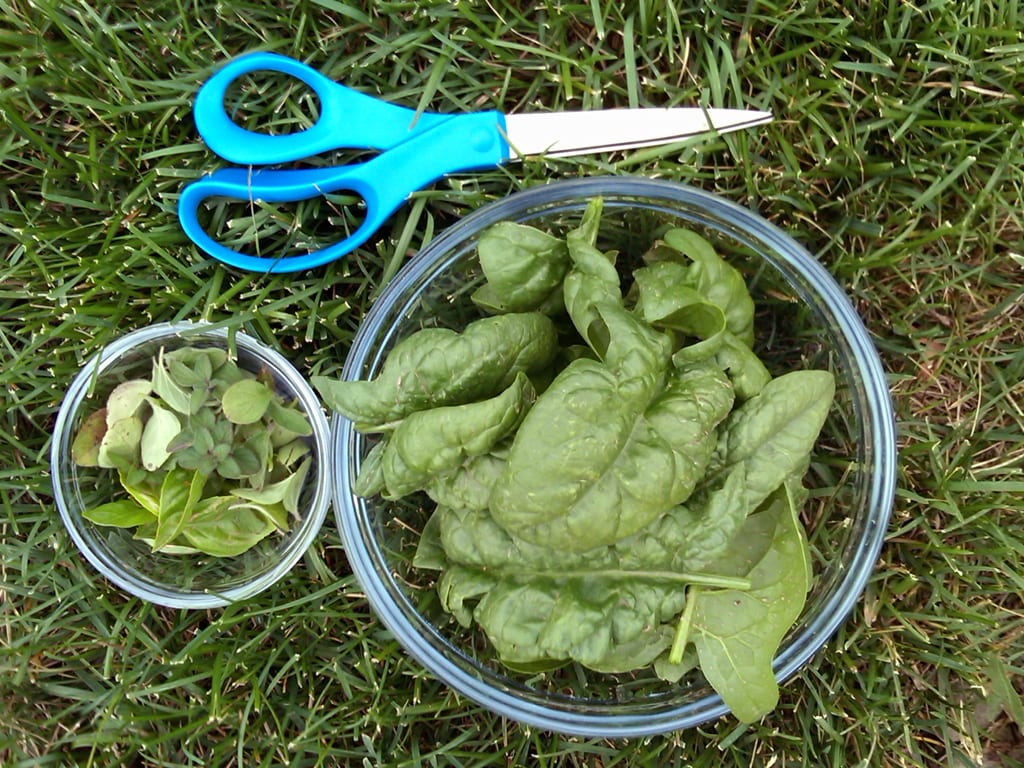
Good Gardening Spots
No matter what the altitude you live at, or the growing zone you find yourself living in. There are more than enough solutions you can incorporate to make the best use of your land.
- Sunny areas are the best as many plants require 6-8 hours per day minimum, and many warm weather veggies can benefit from more hours of sunlight.
- If possible, the areas should be close to your home so tending to your garden and watering your vegetables will become easier.
- When you are growing warm season crops. The most temperate spot should be saved for these, which is south facing.
Your local garden center will have most of the information you require to make the best decisions. When it comes to your vegetables, choose the ones that are tolerant to frost and grow fast. With minimum effort and a little thought, you can reap the harvests while breathing in that fresh air. Exercise and healthy eating have never been such a fun challenge.
While you're out landscaping, consider planting a few native plants to add to the beauty and tranquility of your yard. Perhaps a some native evergreen trees to keep things Colorado!
Terrace Gardens Colorado Springs Colorado
Source: https://www.uncovercolorado.com/gardening-in-colorado/
Posted by: ornelasproffecanded.blogspot.com

0 Response to "Terrace Gardens Colorado Springs Colorado"
Post a Comment